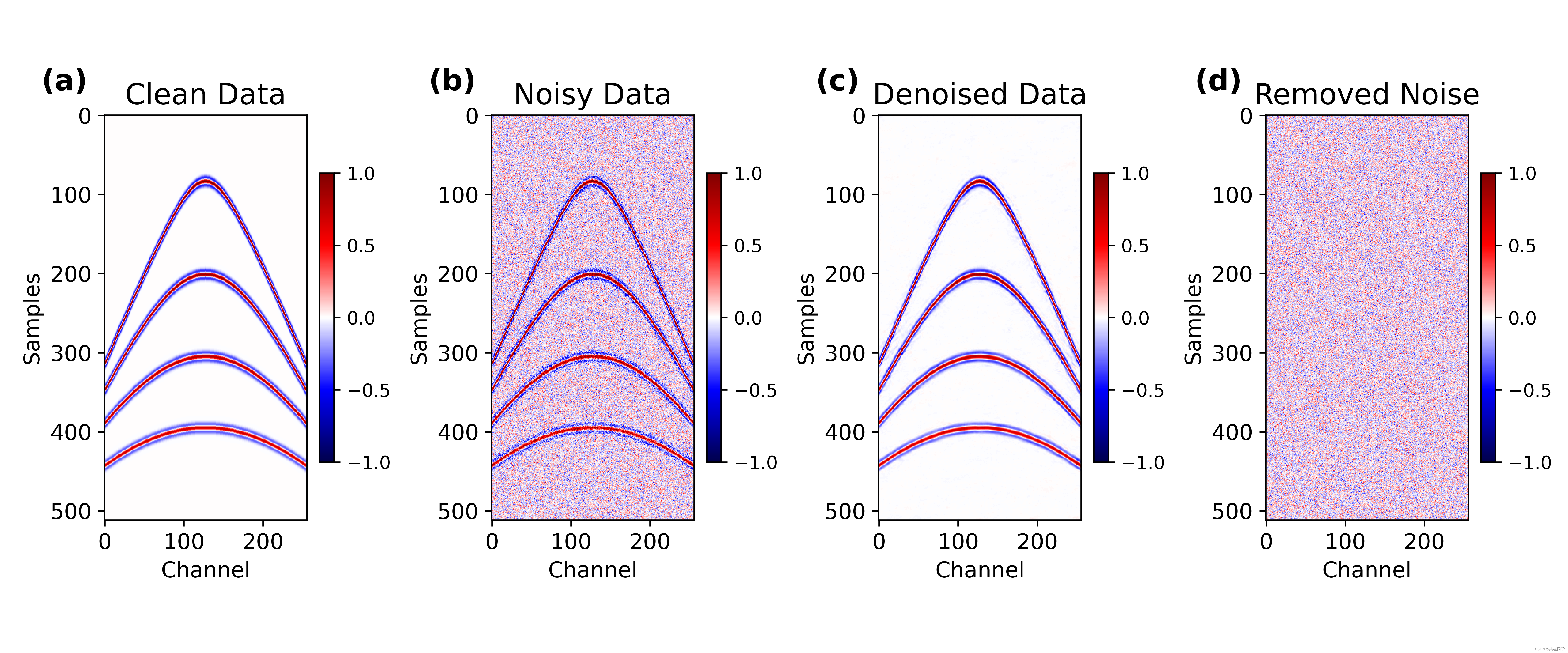
#creating four subplots with unequally divided widths:Īs an alternative to deleting the unneded subplot instances, you can also first generate the gridspec explicitly and generate only the needed subplots. You can then delete the unneeded cax for the second subplot: import matplotlib.pyplot as plt
Pyplot subplot colorbar code#
Here is the code snippet: from numpy import import pandas as pd import matplotlib import matplotlib.pyplot as. What I want is to have the colorbar limits go from 0 to some max value (logically the first rounded integer beyond zmax). Instead of using the divider, generate four subplots with different widths using gridspec_kw. Note the oddball limits in the colorbar which are mapped to the limits of the z-value. The code below may explain: triang Triangulation (x,y) plt.tricontourf (triang, z, vmax1., vmin0.) plt.colorbar () The colorbar is still fixed to the limits of the data z, although the cmap range is now fixed. This argument is mandatory for the lorbar method but optional for the lorbar function, which sets the default to the current image. The usual approach is without cax, but using. Setting a range for an image cmap is easy but this does not apply the same range to the minimum and maximum values of the colorbar. The matplotlib.cm.ScalarMappable (i.e., AxesImage, ContourSet, etc.) described by this colorbar. These arbitrary numbers ( x, y, width, height with 0,0 at the lower left of the figure, and 1,1 at the top right) seem to work well in your second example, but not in the first. You can account for the needed with of the colorbar already when you create the subplots. You explicitly calculate a new position for the colorbar using plt.colorbar (caxplt.axes ( 0.9, 0.11, 0.02, 0.77)). Keywords: matplotlib code example, codex, python plot, pyplot Gallery generated by Sphinx-Gallery. It can be opened via the toolbar or by calling pyplot.subplottool. You can see the data no longer align along the x-axis.įrom mpl_toolkits.axes_grid1 import make_axes_locatableį, (ax1, ax2) = plt.subplots(2,1,sharex=True,figsize=(8,12)) There is also a tool window to adjust the margins and spacings of displayed figures interactively. I plot the exact same data in each subplot, but plot one with a colorbar.

I've tried several different methods, but the simplest example I include below. I've searched the web with no success with this. When the ranges of data (data1 and data2) sets are unknown and you want to use the same colour bar for both/all plots, find the overall minimum and maximum to use as vmin and vmax in the call to imshow: import numpy as np import matplotlib.pyplot as plt fig, axes plt.subplots (nrows1, ncols2) generate randomly populated arrays data1.

However when I include a subplot that includes a colorbar, this compresses the width of that particular subplot to include the colorbar, resulting in the subplots no longer sharing the x-axis. This is all fine and dandy when the graphs are simple and all the x-axes align fine. I'm trying to create a set of subplots with a shared x axis using pyplot.


 0 kommentar(er)
0 kommentar(er)
